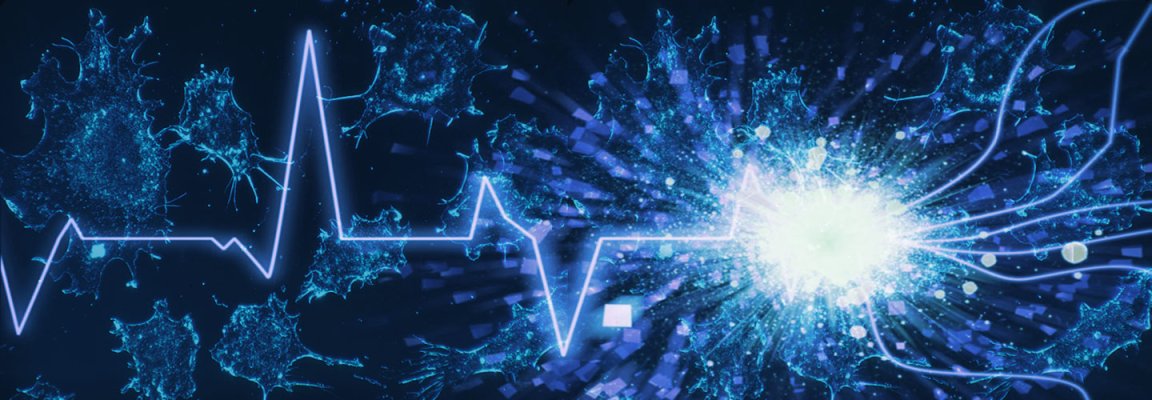
Anthony Holland, Associate Professor and Director of Music at Skidmore College, and his team believe that they have found the answer to a cancer treatment that does not use toxic drugs or radiation. In his Tedx talk, Holland shares with the audience about a dream that he had wherein children with cancer do not have to suffer to undergo treatment.
This may seem link something out of science fiction, but a number of scientists have been working on similar ideas using electrical fields. Moreover, Professor Gail ter Haar has long been investigating the use of high intensity focused ultrasound to rapidly heat and kill tumors (specifically, tumors of the liver or kidney). And while there may not be any large-scale treatments available any time soon (clinical trials are years long processes, and targeting cells in organisms is extremely difficult), it is innovative work.
You can read a summary of the basic methods from Jefferson University here.
Glass-shattering treatment
Resonant frequency is the same phenomenon used to shattering glass by using the sound of a person’s voice. When someone taps a glass, it emits a natural resonant frequency. To induce shattering, a person must match the resonant frequency of the glass with the vibration of their voice, getting louder and louder until the glass finally breaks.
Using this phenomenon, Holland and a group of scientists wondered if this could have the same effect on a living microorganism or cell. They came across the work of Dr. Mae-Wan Ho who conjectured that live cells exhibit similar properties much like liquid crystals do.
They came across a therapeutic device invented by a New Mexico physician by the name of Dr. James Bare. The device uses a plasma antenna that pulses on and off, which, as Holland explains, is important because a constant pulse of electricity would produce too much heat and therefore destroy the cell.
The next challenge for the team was finding the exact frequency that would shatter the living microorganism. It took them 15 months to finally come up with one high frequency and one low frequency. The high frequency had to be exactly eleven times higher than the low, which in music is known as the 11th harmonic. At this 11th harmonic, micro organisms begin to shatter like crystal glass.
After successfully determining the frequency, Holland started working with cancer researchers to see if the same effect would happen to cancer cells. First they looked at pancreatic cancer cells, eventually discovering these cells were specifically vulnerable between 100,000 – 300,000 Hz. They moved on to leukemia cancer cells and they were able to shatter these cells before they could divide.
In repeated and controlled experiments, the frequencies, known as oscillating pulsed electric field (OPEF) technology, killed an average of 25% to 40% of leukemia cells, going as high as 60% in some cases. Furthermore, the intervention even slowed cancer cell growth rates up to 65%.
Notably, this does not kill all the cells. As such, other treatments would still be necessary, but it could help us use more invasive treatments less.
Exhilarated with the results, the team subsequently tested the treatment against the deadly super bug MRSA, an organism that is resistant to many common antibiotics. Thousands of people die every year from MRSA, Holland explains, and the drugs normally used against the pathogen are known to have toxic side effects. The frequency therapy eliminated antibiotic resistance, and researchers were able to introduce a small amount of antibiotic to kill the bug.
Holland stated in his speech:
“I believe the future of children’s cancer hospitals will be a different place. They will be a place where children gather and make new friends, they probably won’t even know they are sick. They’ll draw pictures, color in their books, and play with their toys, all the while unaware that above them, a beautiful, blue plasma light is emanating healing, pulsing fields, shattering their cancer, painlessly, and non-toxically, one cell at a time.”
This remains to be seen, but good science means investigating even the most unlikely avenues.